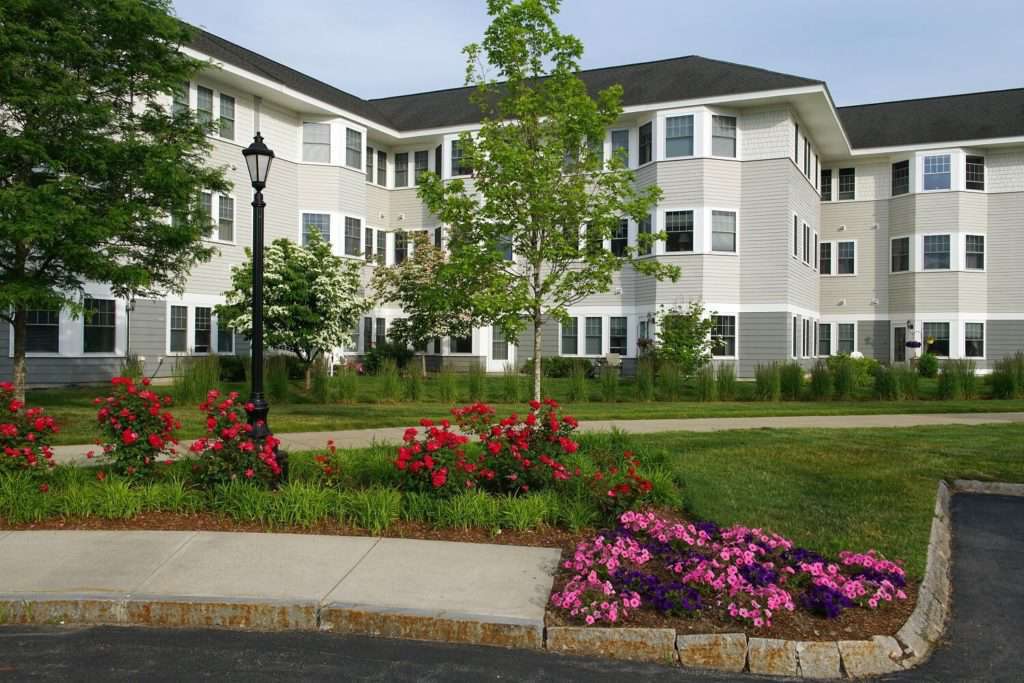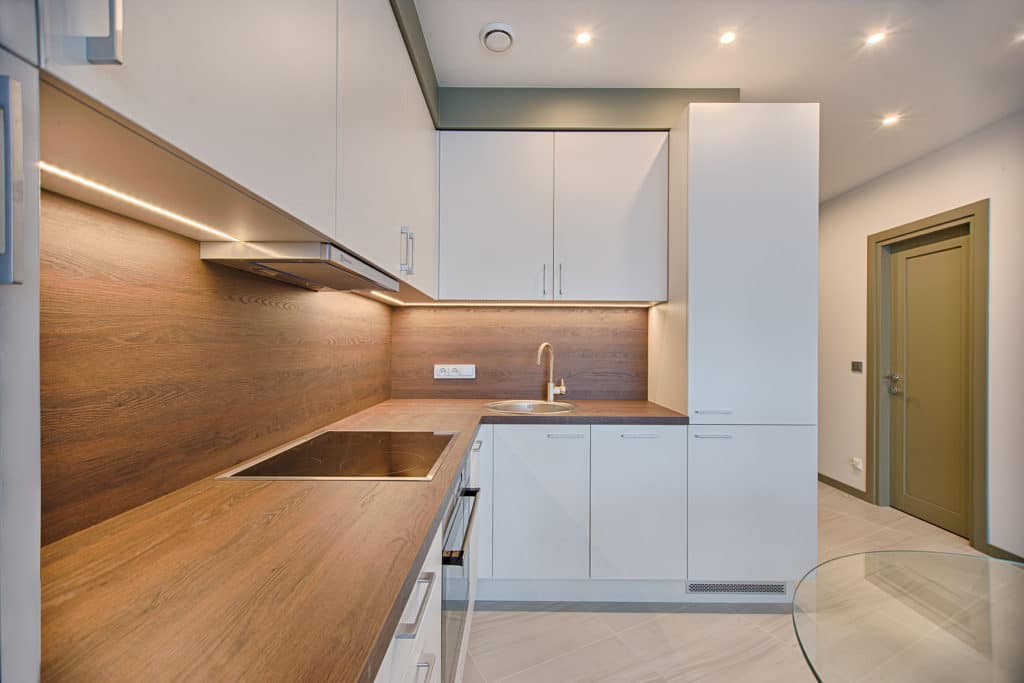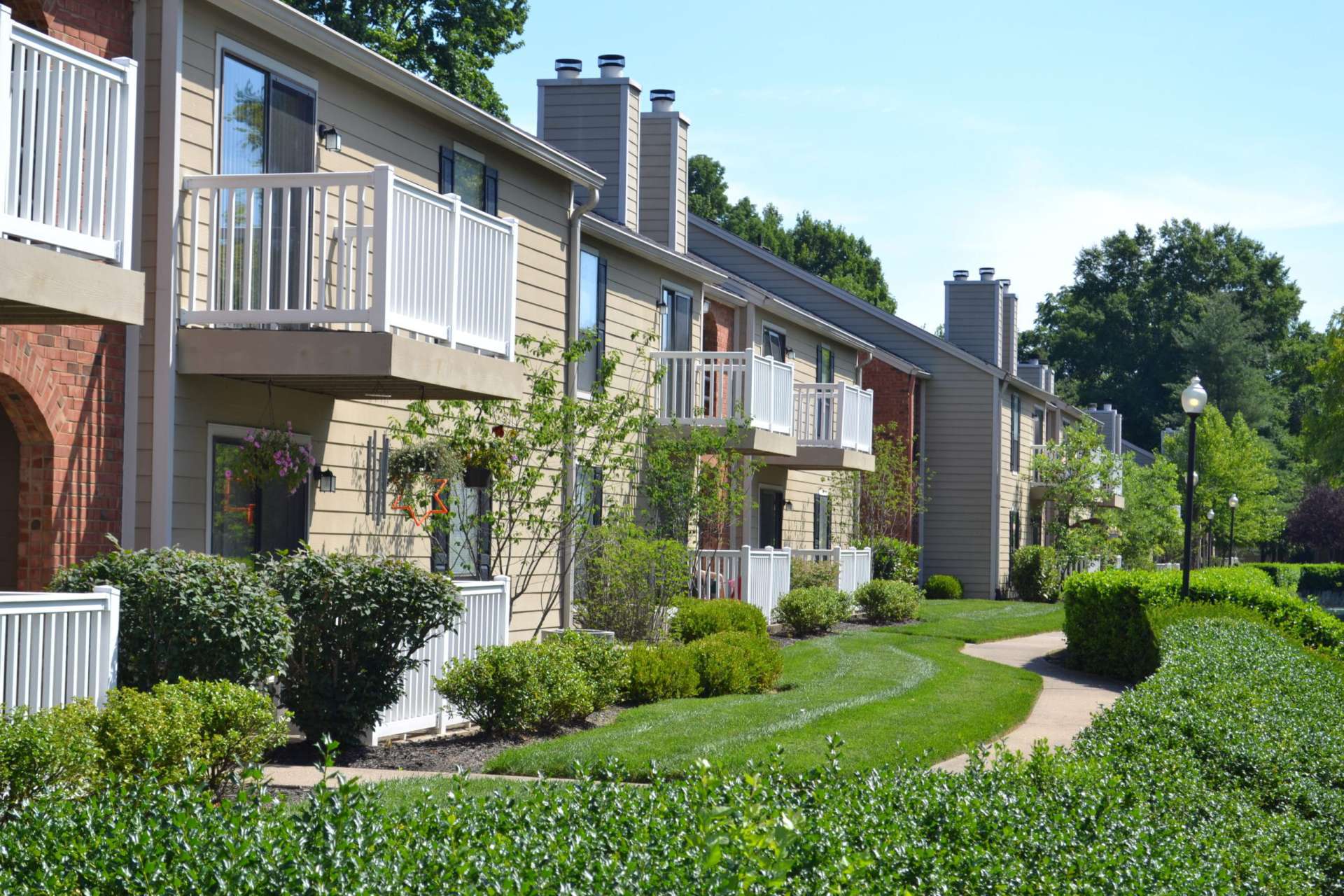You are looking for an apartment to rent and are curious about the difference between an apartment and a unit? While the terms are often used interchangeably, there can be some important differences, depending on the context.
An ‘apartment’ and ‘unit’ are often referring to the same thing (a rental of a multi-family dwelling), though a unit can also refer to the rental or purchase of a condominium. An example of the latter would be Sue or Bob is buying [or renting] a unit at Condominium Complex Wakefield. This is why context is so important.
Next, we explain some of the possible implications of these two different terms in the case one is using unit to refer to the rental or the purchase of a single-family dwelling or condominium.
Ownership

The biggest difference between an apartment and a unit is ownership and property management. A Homeowners’ Association or Condominium Association usually manages a unit since there are separate owners for each condominium/unit. Owners purchase these units as they do houses. If you rent a unit here, your property owner (i.e. landlord) will most likely be different than your neighbors and will likely be an individual.
On the other hand, ownership of apartments is different. Individual apartments are not purchased separately. This means, that an apartment building usually has essentially one owner like a corporation, and each apartment is leased to individual tenants. A third-party company might manage the apartment building, so you might deal with a property management company and not a landlord.
Rules and Regulations
Since apartment and unit ownership is different, it also affects who you deal with as a renter regarding certain rules and regulations. Basic fundamentals regarding a tenancy remain the same.
In the case of an apartment, it is usually the property management company that enforces the rules and regulations. With a unit, the landlord of an individual unit or condo will generally self-manage. With a property management company in apartments, the rules are a bit more uniform. Whereas in the case of condo units, they may vary more because each owner is different and may set their own unique requests of renters.
In-Unit Amenities

Usually, in apartment buildings owned by a corporation, apartment finishes are pretty standard. There could be different apartment layouts, and sometimes renovated or upgraded units, but generally, they are consistent with regard to physical features and colors including kitchen appliances, cabinets, and bathroom fixtures.
On the other hand, units or condos may come with some differences especially if the property owner chooses to invest in updating a unit themselves.
Now that you understand the basic differences between apartments and units, you will be able to make a more informed decision to suit your needs. It is important to clarify to the person you are speaking to when your discussion includes the use of the term apartment or unit as these terms are not always interchangeable.





